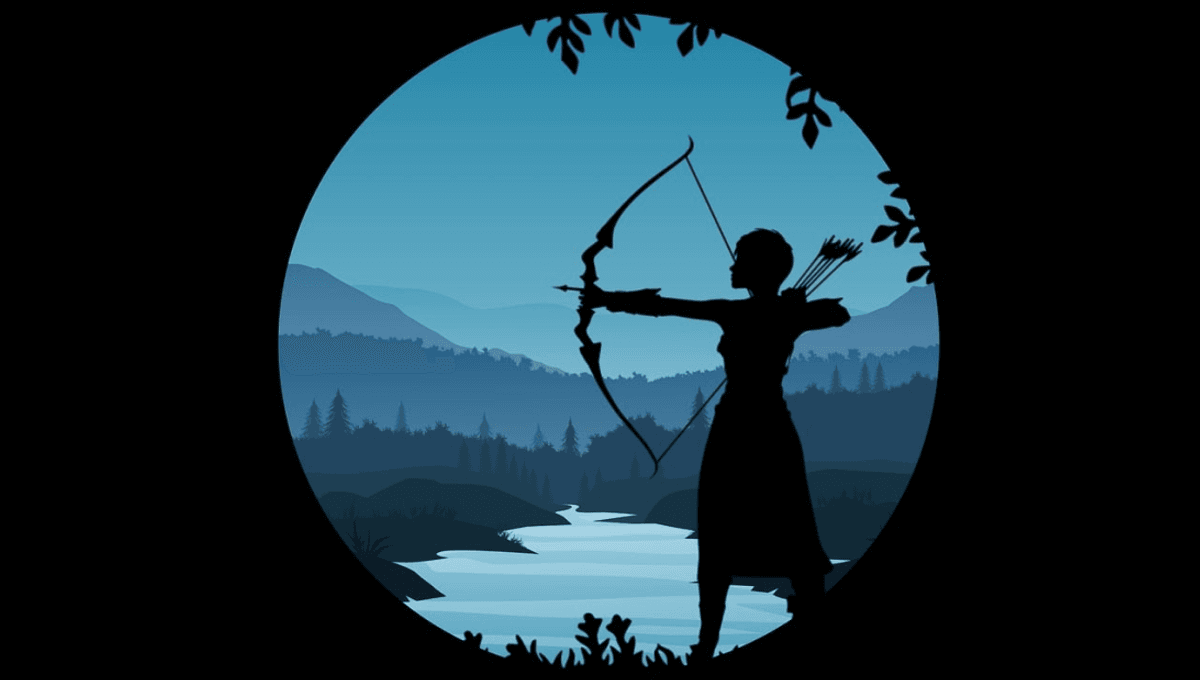
Sex has often defined the roles we assign to ancient humans when we look back in history, but a new study is challenging the idea that males were hunters while females were gatherers. Using data from a wide body of literature that investigated peoples and cultures of the past, it found that evidence from the past 100 years actually supports archaeological finds that date back as far as the Holocene, which instead paint women as proficient and intentional hunters.
Hunting and gathering are two subsistence roles that describe how humans used to get their food before supermarkets and delivery drivers became a thing. Perceived ideas about women’s roles in rearing children have seen them pigeonholed as adopting a slower pace of life that would’ve lent itself better to gathering, while the aggressive ancient men folk were considered to have gone off and done the active hunting.
Even in cases where tools have been found alongside the remains of ancient females, some have been reticent to assume these amounted to hunting projectiles. However, a 2020 study into a 9,000-year-old burial site in the Andean highland area of Wilamaya Patjxa, Peru, concluded that there was evidence to support the idea that a “nontrivial” number of females were once hunting big game here.
“We’ve actually discovered a number of burials at the site. But perhaps the most interesting was Individual 6,” Randy Haas, study author and assistant professor of anthropology at the University of California, Davis, told IFLScience. “[They were] interred with a big-game hunting toolkit that included stone projectile points, sharp stone flakes (presumably for butchering), a possible flaked stone knife, hide-scraping tools, and red ocher presumably for tanning animal hides.”
Now, new research has gathered data from 63 foraging societies including 19 from North America, six from South America, 12 from Africa, 15 from Australia, five from Asia, and six from the Oceania region. Of those 63, 50 showed signs of women hunting, amounting to 79 percent. Most interestingly of all, in societies where hunting was considered the most important subsistence approach, women actively participated 100 percent of the time.
Evidence as to the game size they were hunting also demonstrates that when hunting was a priority, women were hunting animals of all sizes rather than focusing on the smaller species. In fact, when hunting was intentional rather than opportunistic, large game was pursued the most.
“Here we investigated whether noted trends of non-gendered hunting labor known from the archaeological record continued into more recent, ethnographic periods,” concluded the authors. “The descriptive sample described here is sufficient to warrant the conclusion that women in foraging societies across the world participate in hunting during more recent time periods, a finding that makes sense given women’s general morphology and physiology.”
“The prevalence of data on women hunting directly opposes the common belief that women exclusively gather while men exclusively hunt, and further, that the implicit sexual division of labor of ‘hunter/gatherer’ is misapplied. […] This paper joins others in urging the necessity to reevaluate archaeological evidence, to reassess ethnographic evidence, to question the dichotomous use of ‘hunting and gathering,’ and to deconstruct the general ‘man the hunter’ narrative.”
The study is published in the journal PLOS ONE.
Source Link: Myth Of The Male Hunter Buried As Study Shows Females Weren’t Just Gatherers